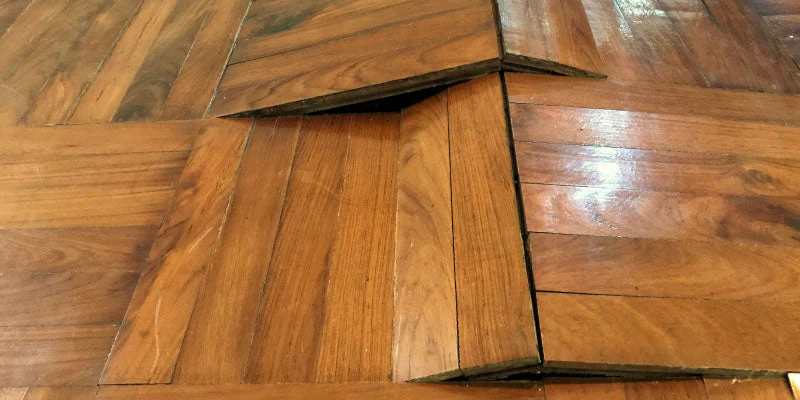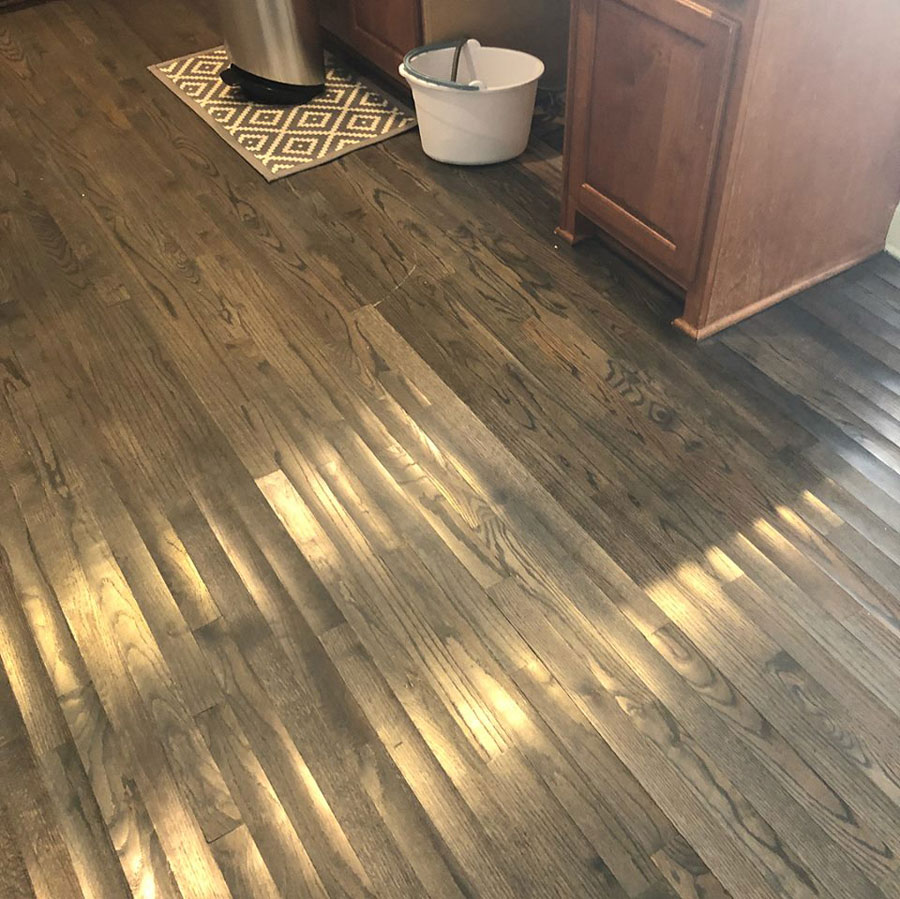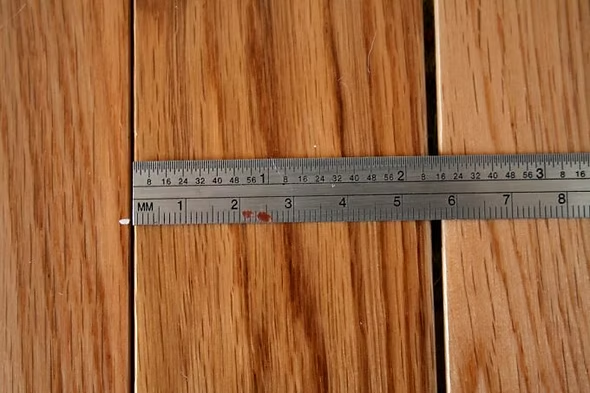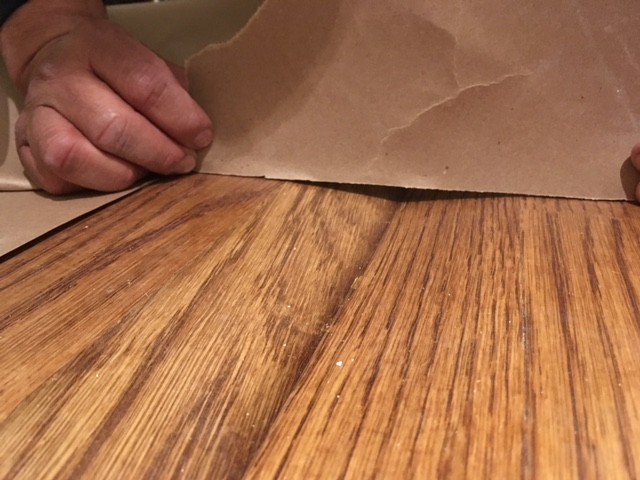
Hardwood floors are often considered the crown jewel of a home’s interior, timeless, elegant, and durable. But even the most beautiful floors aren’t immune to problems over time. From subtle changes in appearance to more obvious warping or gaps, issues can develop for a variety of reasons. Understanding why these problems happen is the first step toward preventing or fixing them, whether you want to handle it yourself or know when to call in a professional.
Below, we explore four of the most common hardwood flooring problems, what causes them, and how you can fix or prevent them in the future.

Cupping occurs when the edges of a floorboard rise higher than the center, creating a concave shape. At first, you might notice light reflecting differently across the boards or a slight unevenness underfoot. As it worsens, the edges can feel noticeably raised, making the surface less smooth and, in some cases, squeaky when walked on.
This problem usually stems from moisture imbalances. When the underside of the wood absorbs more moisture than the top, the wood swells unevenly. Common culprits include high indoor humidity, leaks, damp basements, or even overly wet mopping habits. Seasonal changes can also play a role, especially in humid summers. If ignored, cupping can lead to permanent structural damage in the flooring.
Solutions:
If cupping is mild, allow the floor to dry naturally before sanding or refinishing sanding too soon can make it worse.

Buckling is one of the most severe hardwood flooring issues and is hard to miss. Boards lift and pull away from the subfloor, sometimes rising several inches. It can create a hollow sound when walked on or even gaps big enough to see beneath the boards.
This usually happens when flooring is exposed to extreme moisture, think flooding, heavy leaks, or a complete lack of expansion gaps during installation. Wood expands when wet, and if there’s nowhere for it to go, it pushes upward.
Solutions:

Gapping occurs when spaces form between floorboards. You may notice these gaps are more pronounced in winter and shrink in summer. While small seasonal gaps are normal, large or persistent ones can be a sign of trouble.
The root cause is often wood shrinkage due to low humidity. In winter, heated indoor air can dry out wood, causing it to contract. Over time, repeated cycles of expansion and contraction can make the gaps permanent. Poor installation techniques, such as using improperly acclimated wood, can also worsen the issue.
Solutions:

Crowning is the opposite of cupping: the center of the board rises higher than the edges, creating a convex shape. It may look like a slight hump along the length of the plank, and underfoot it can feel subtly raised or uneven.
This often occurs when the top of the wood absorbs more moisture than the bottom, or if a cupped floor is sanded too soon before it fully dries. Spills left standing, high humidity, or uneven drying after water exposure are common triggers. Crowning not only affects appearance but can also make the floor uncomfortable to walk on.
Solutions:
Beyond these common problems, homeowners may also encounter issues like fading from direct sunlight, scratches from heavy furniture, uneven wear in high-traffic areas, or stains from spills left unattended. Each of these can affect the beauty and lifespan of your flooring if ignored.
Pro Tip for Homeowners: To extend the life of your hardwood floors, clean them regularly with a wood-safe cleaner, keep them dry, use furniture pads, and schedule maintenance every few years. Preventive care is the most cost-effective way to avoid major repairs.
Hardwood floors are a long-term investment, and like anything of value, they need regular care. By recognizing problems early and understanding their causes, you can often take steps to fix the issue before it becomes irreversible. Whether it’s controlling humidity, addressing moisture promptly, or practicing mindful cleaning habits, prevention is always easier (and less costly) than repair.
Share